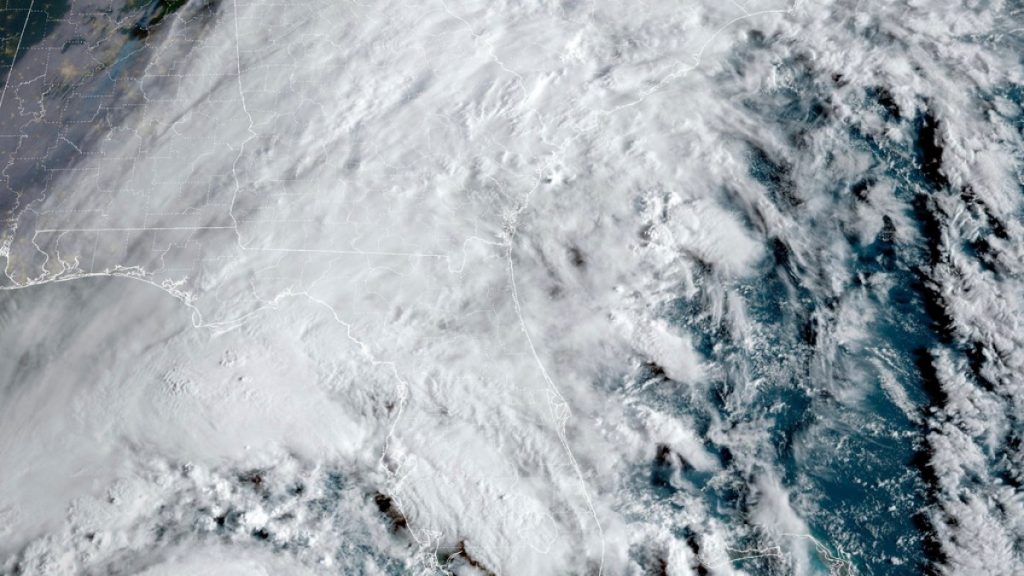Hurricane Helene rapidly strengthened as it moved north up the Gulf of Mexico towards the United States, becoming one of the most dangerous storms in recent history to hit the coast of Florida. The storm drew more force as it crossed deep, warm waters, intensifying on Thursday according to the US National Hurricane Center (NHC). A “catastrophic and deadly storm surge” was forecast along the entire west coast of Florida, with potential heights of up to 6 meters (20 feet) in Apalachee Bay. Helene is expected to be one of the largest storms in breadth to hit the region in years, with only three Gulf hurricanes bigger than Helene’s predicted size since 1988.
Airports in St Petersburg, Tallahassee and Tampa planned to close on Thursday as Helene approached, with 62 hospitals and nursing homes evacuating residents ahead of the storm. Meteorologists described Helene as a “gargantuan hurricane” and forecasted the eyewall to reach the Big Bend coastline in the evening, with the center likely crossing the central Apalachee Bay shore before midnight. Hurricane-force winds extend up to 95 kilometers from the center, with storm-force winds covering up to 555 kilometers. The storm is expected to bring heavy rainfall to states as far inland as Georgia, Tennessee, Kentucky, and Indiana.
Although initially predicted to be a Category 4 storm, Helene was downgraded to a Category 3 at landfall with lower winds of 193km/h (120mph) rather than the higher Category 4 winds of 209km/h (130mph). The storm was located about 365 kilometers south of Apalachicola on the coast of Florida, moving north with maximum sustained winds of 175km/h (110mph). Florida Governor Ron DeSantis issued an emergency warning for most counties in the state, with thousands of electricity line workers and US National Guard members ready to respond once the storm passes.
Residents in Florida’s Panhandle have evacuated to safer areas inland, with memories still fresh of recent storm surge events like Hurricane Michael in 2018 that caused severe damage and loss of life. In 2023, Hurricane Idalia left a trail of destruction in Florida’s Big Bend region, knocking out power for thousands and causing major flooding. Hurricane John reformed off Mexico’s Pacific coast, causing damage and loss of life before regaining strength and heading towards Guerrero. Helene is the eighth named storm of the Atlantic hurricane season, the fourth to make landfall in the US this year, coinciding with an insurance crisis in coastal areas affected by rising fees and limited coverage.
The 2024 Atlantic hurricane season was predicted to be above average by the US National Oceanic and Atmospheric Administration due to record warm ocean temperatures, forecasting 17 to 25 named storms with four to seven major hurricanes. Despite a slow start to the season, forecasters are monitoring factors that may have impacted the formation of major storms as they move through the Atlantic hurricane corridor. The season has seen several storms make landfall in the continental US, with Helene becoming a significant threat to Florida as it intensified over warm Gulf waters. Authorities and residents are preparing for the impacts of the storm, with evacuations, emergency warnings, and resources being deployed to respond to potential damages and loss of life.


